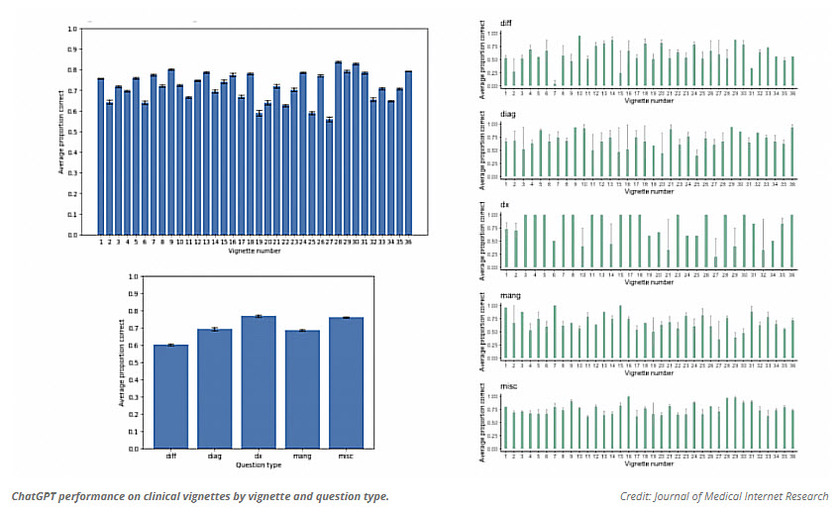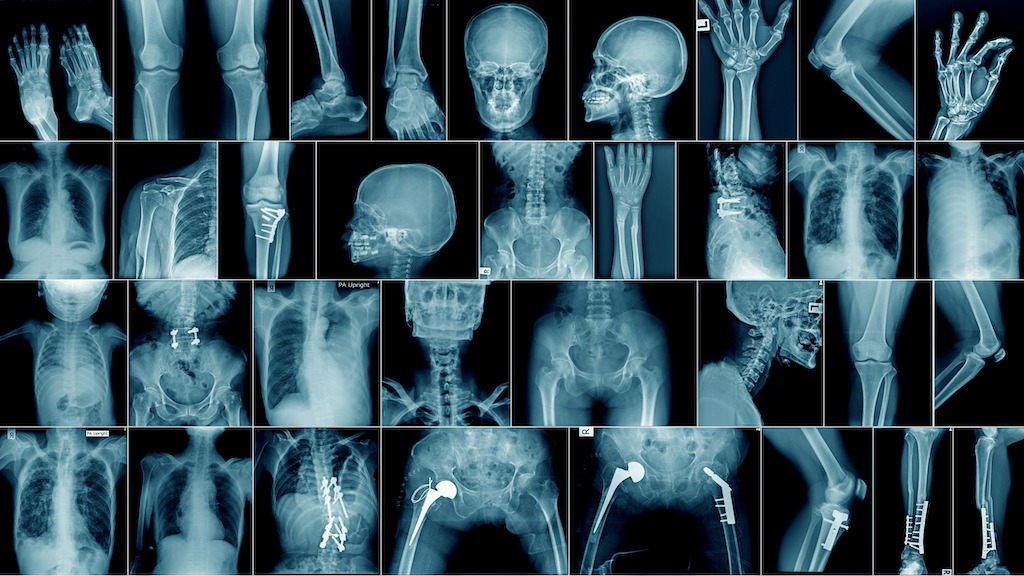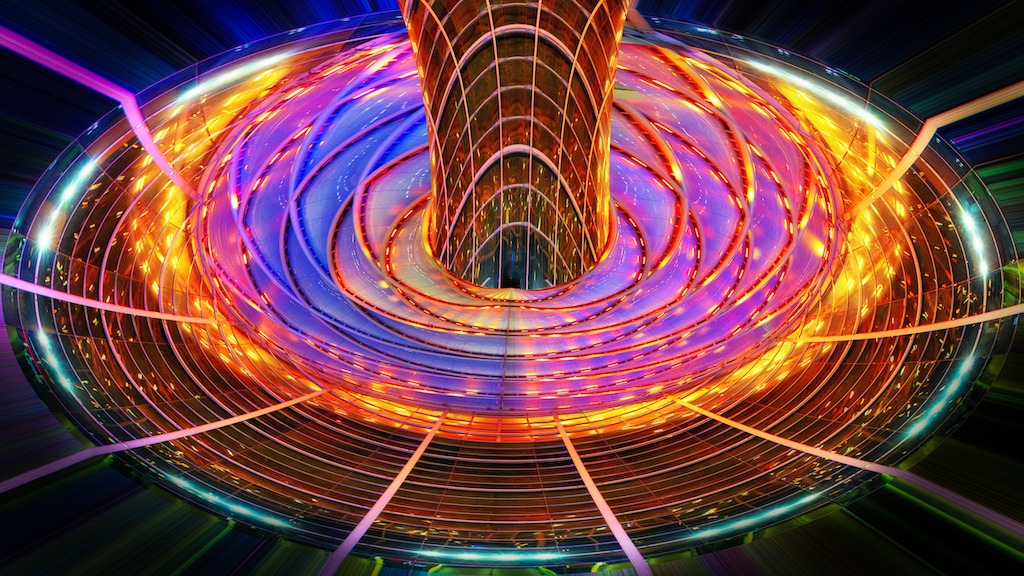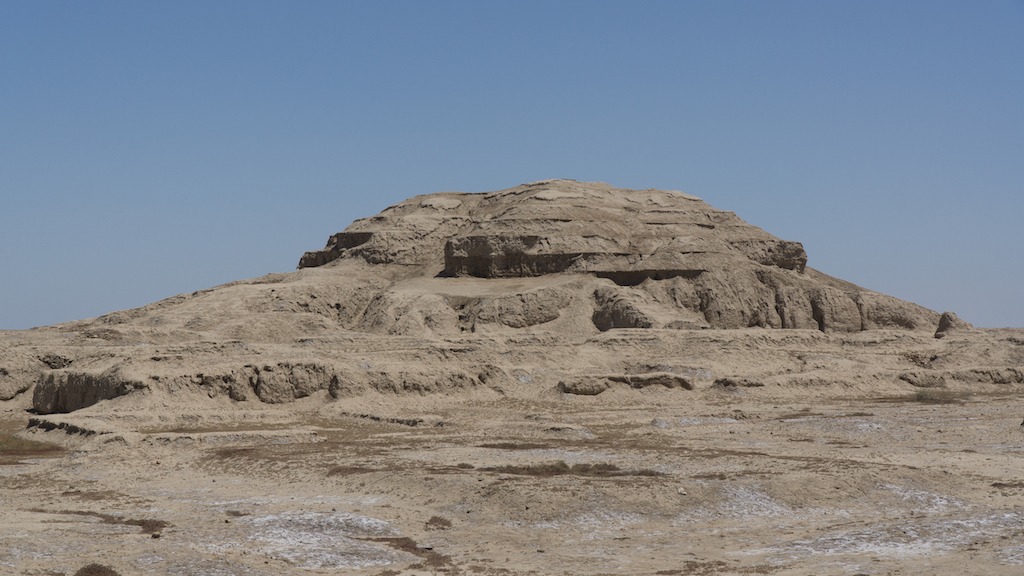If you were watching or listening to the news of late you may have heard that NASA was going to crash a missile into an asteroid to see if it can be deflected or put on a different path. I am no fan of so called experts, but this article seems to be timely. The following is from interestingengineering.com and written by The Conversation:
"NASA is attempting nothing less than a full scale planetary defence experiment to change an asteroid’s path.
NASA's Double Asteroid Redirection Test (Dart) spacecraft is designed to be a one hit wonder. It will end its days by crashing into an asteroid at 24,000 kilometres per hour on Sept .26. Launched from Earth in November 2021, Dart is about the size of a bus and was created to test and prove our ability to defend the Earth from a dangerous asteroid.
Landing a direct hit on a target from 11 million kilometres away isn’t easy. But while this sounds far, the asteroid was actually selected by NASA because it is relatively close to Earth. This will give engineers the opportunity to test the spacecraft’s ability to operate itself in the final stages before the impact, as it crashes autonomously.
The target asteroid is called Dimorphos, a body 163 metres in diameter that’s orbiting a 780 metre-wide asteroid called Didymos. This 'binary asteroid system' was chosen because Dimorphos is in orbit around Didymos, which makes it easier to measure the result of the impact due to the resulting change in its orbit. However, the Dimorphos system does not currently pose any risk to the Earth.
Regardless, NASA is attempting nothing less than a full scale planetary defence experiment to change an asteroid’s path. The technique being used is called 'kinetic impact', which alters the orbit of the asteroid by crashing into it. That’s essentially what is known as a safety shot in snooker, but played on a planetary level between the spacecraft (as the cue ball) and the asteroid.
A tiny deflection could be sufficient to prove that this technique can actually change the path of an asteroid on a collision path with the Earth.
But the Dart spacecraft is going to be completely blown apart by the collision because it will have an impact equivalent to about three tonnes of TNT. In comparison, the atomic bomb dropped on Hiroshima was equal to 15,000 tonnes of TNT.
So, with this level destruction and the distance involved, how will we be able to see the crash? Luckily, the Dart spacecraft is not travelling alone on its quest, it is carrying LICIACube, a shoebox-size mini spacecraft, known as a cubesat, developed by the Italian Space Agency and aerospace engineering company Argotec. This little companion has recently separated from the Dart spacecraft and is now travelling on its own to witness the impact at a safe distance of 55km.
Never before has a cubesat operated around asteroids so this provides new potential ways of exploring space in the future. The impact will also be observed from Earth using telescopes. Combined, these methods will enable scientists to confirm whether the operation has been successful.
It might, however, take weeks for LICIACube to send all images back to Earth. This period will be utterly nerve wracking – waiting for good news from a spacecraft is always an emotional time for an engineer.
What happens next?
An investigation team will look at the aftermath of the crash. These scientists will aim to measure the changes in Dimorphos’ motion around Didymos by observing its orbital period. This is the time during which Dimorphos passes in front and behind Didymos, which will happen every 12 hours.
Ground telescopes will aim to capture images of the Dimorphos’ eclipse as this happens. To cause a significant enough deflection, Dart must create at least a 73-second orbital period change after impact – visible as changes in the frequencies of the eclipses.
These measurements will ultimately determine how effective 'kinetic impact' technology is in deflecting a potentially hazardous asteroid – we simply don’t know yet.
This is because we actually know very little of the asteroids’ composition. The great uncertainty around how strong Dimorphosis is has made designing a bullet spacecraft a truly enormous engineering challenge. Based on ground observation, the Didymos system is suspected to be a rubble-pile made up of lots of different rocks, but its internal structure is unknown.
There are also great uncertainties about the outcome of the impact. Material ejected afterwards will contribute to the effects of the crash, providing an additional force. We don’t know whether a crater will be formed by the impact or if the asteroid itself will suffer major deformation, meaning we can’t be sure how much force the collision will unleash.
Future missions
Our exploration of the asteroid system does not end with Dart. The European Space Agency is set to launch the Hera mission in 2024, arriving at Didymos in early 2027 to take a close look at the remaining impact effects.
By observing the deformations caused by the Dart impact on Dimorphos, the Hera spacecraft will gain a better understanding of its composition and formation. Knowledge of the internal properties of objects such as Didymos and Dimorphos will also help us better understand the danger they might pose to Earth in the event of an impact.
Ultimately, the lessons from this mission will help verify the mechanics of a high-velocity impact. While laboratory experiments and computer models can already help validate scientists’ impact predictions, full-scale experiments in space such as Dart are the closest we will get to the whole picture. Finding out as much as we can about asteroids will help us understand what force we need to hit them with to deflect them.
The Dart mission has led to worldwide cooperation among scientists hoping to address the global issue of planetary defence and, together with my colleagues on the Dart investigation team, we aim to analyse the impact effects. My own focus will be on studying the motion of the material that is ejected from the impact.
The spacecraft impact is scheduled for Sept .26 at 19:14 Eastern Daylight Time (00:14 British Summer Time on Sept .27). You can follow the the impact on Nasa TV.
Author: Stefania Soldini, Lecturer in Space Engineering, UKRI FL Fellow, University of Liverpool
This article is republished from The Conversation under a Creative Commons license.
"
So we do not yet know the effectiveness of this hit just yet, but it is interesting to see if we can change an asteroid course or did we make it worse? We will know in a few days and a few years when the next space craft takes a view of the impact.
References:
I have lost a lot of faith with the Medical Community and the Governments over the last several years, but there are a few good things that can raise above the corruption and the pushing of drugs a new approach to heal people. The following is from www.gaia.com and written by Hunter Parsons that does not involve any drug or pushing an ineffective so called vaccine that the drug company is not held accountable in any way but they use sound! The use of sound can regrow bone tissue! Here is the story:
"The future of regenerative medicine could be found within sound healing by regrowing bone cells with sound waves.
The use of sound as a healing modality has an ancient tradition all over the world. The ancient Greeks used sound to cure mental disorders; Australian Aborigines reportedly use the didgeridoo to heal; and Tibetan or Himalayan singing bowls were, and still are, used for spiritual healing ceremonies.
Recently, a study showed an hour-long sound bowl meditation reduced anger, fatigue, anxiety, and ...
Not a fan of a Defense Agency studying Anti-Gravity and other Exotic Tech, but if the commercial world and make this technology cheap that will change our world yet again. The following is about three minute read and from www.gaia.com. The below was written by Hunter Parsons:
"Wormholes, invisibility cloaks, and anti-gravity — it’s not science fiction, it’s just some of the exotic things the U.S. government has been researching.
A massive document dump by the Defense Intelligence Agency shows some of the wild research projects the United States government was, at least, funding through the Advanced Aerospace Threat Identification Program known as AATIP.
And another lesser-known entity called the Advanced Aerospace Weapons System Application Program or AAWSAP
The Defense Intelligence Agency has recently released a large number of documents to different news outlets and individuals who have filed Freedom of Information Act requests.
Of particular interest are some 1,600 pages released to Vice News, which ...
As our technology gets better we are discovering more about the history of mankind and pushing the timeline back further and further. The following article is from www.gaia.com and written by Michael Chary that discusses this new find that changes the historical timeline:
"Over the past decade, there have been a number of archeological revelations pushing back the timeline of human evolution and our ancient ancestors’ various diasporas. Initially, these discoveries elicit some resistance as archeologists bemoan the daunting prospect of rewriting the history books, though once enough evidence is presented to established institutions, a new chronology becomes accepted.
But this really only pertains to the era of human development that predates civilization — the epochs of our past in which we were merely hunter-gatherers and nomads roaming the savannahs. Try challenging the consensus timeline of human civilization and it’s likely you’ll be met with derision and rigidity.
Conversely, someone of an alternative...
Not sure if you have heard of a show on YouTube called "The Why Files". If not you should check it out it is interesting and has some humor with it on different subjects. Last weeks was on a different theory how the Universe works and how main stream Science is attempting to shut it down like is always seems to do if it goes aguest some special interest. Today it is akin to what happened to those who questioned the Earth was the Center of the Universe that main stream so called Science all believed during the Renaissance period, They called any theory that the Earth was not the Center of the Universe misinformation. Does this sound familiar today? People laughed and mocked people like Leonardo da Vinci, Nicolaus Copernicus, Georg Purbach as crack-pots, conspiracy theorists, nut-jobs and they were suppressed and even imprisoned for their radical thoughts and observations. Again it sounds like today in so many ways. In any event this is a good one to ponder and see even if a bad idea ...
Seemingly chaotic systems like the weather and the financial markets are governed by the laws of chaos theory.
We all have heard about chaos theory, but if you have not or have forgotten what chaos theory is well here you go from interestingengineering.com:
"Chaos theory deals with dynamic systems, which are highly sensitive to initial conditions, making it almost impossible to track the resulting unpredictable behavior. Chaos theory seeks to find patterns in systems that appear random, such as weather, fluid turbulence, and the stock market.
Since the smallest of changes can lead to vastly different outcomes, the long-term behavior of chaotic systems is difficult to predict despite their inherently deterministic nature.
As Edward Lorenz, who first proposed what became commonly known as the Butterfly Effect, eloquently said, "Chaos: When the present determines the future, but the approximate present does not approximately determine the future.""
You may have heard the term about chaos theory as a butterfly flaps its wings in Brazil,...
I for one have lost trust in Medical Doctors due to COVID and reflection that they seem to push pills for everything and untested so called vaccines that is using a unproven technology because the Government and the Medical Boards of the State told them to. There are a very few exceptions. Thus they do not address the key problem just prescribe more and more pills to keep you alive an sick longer for them and Big Phama to profit from you. Will AI do any better? Well that depends on what was used for the training of AI. If it also pushes pills and vaccines without question then you have the same problems noted above. However, if the AI Training includes all possible forms of treatment and they zero in on the right issues for the true problem then there is possibilities they would be way better than most of the current Medical Doctors today.
The following is from an article from interestingengineering.com and written by Paul Ratner:
"A new study looks at how accurately AI can diagnose patients. We interview the researcher, who weighs in on AI's role ...























